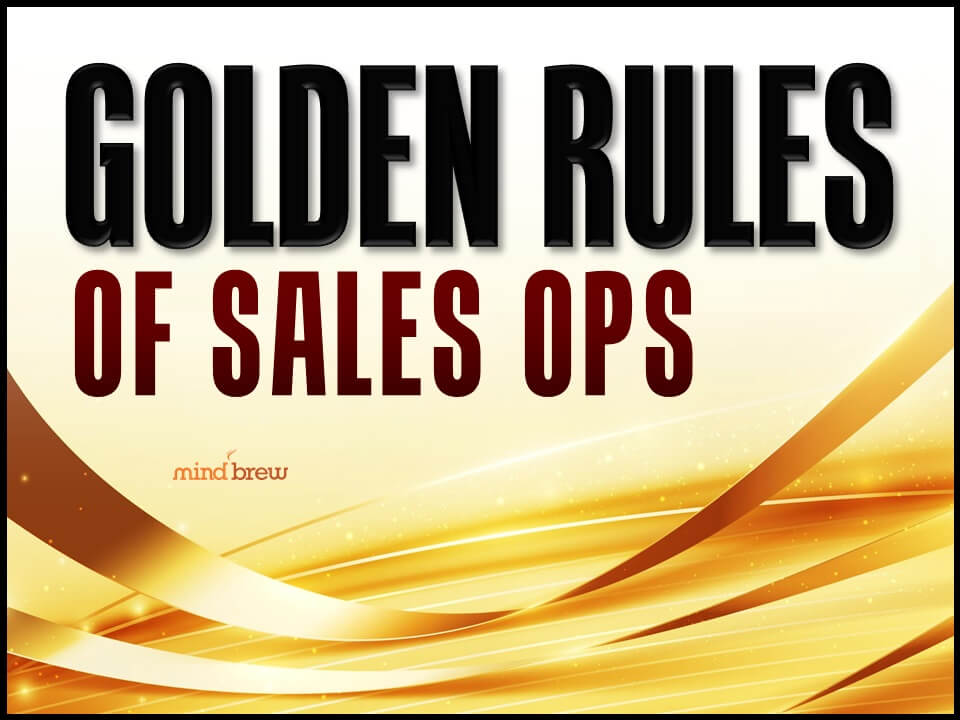In response to a number of subscriber questions through the Help Desk, we recently conducted a webinar called Accelerating Sales Cycles. In this session, we shared our research into the top strategies and tactics for measuring sales cycles and stage durations, rigging the pipeline, identifying process tipping points, facilitating prospect decisions, and much more.
Along the way, we also wanted to address a whole category of questions that tend to be along the lines of:
Why would it matter so much when we get the sales, as long as we do eventually get them?
To answer these “why” questions, we would certainly point to the benefits of getting the money sooner so that it can be leveraged faster—i.e. the “time value of money.” We would also point to the benefits associated with taking deals off the street sooner and thereby reducing the risk of losing to a competitor.
But frankly, those benefits pale in comparison to the main reasons Sales Ops should care about cycle times…which are all about capacity and productivity.
You see, as much as we’d like to believe that our salespeople can juggle dozens of opportunities at the same time, it’s just not true. The number of deals a sales rep can truly work in earnest is fairly limited. And this “working capacity”…along with the expected deal sizes and typical cycle times…is what sets the boundaries on their overall productivity.
Here’s an example from the webinar…
As a sales rep, Bob’s working capacity is 4 deals at once. On average it takes 3 months to close a deal. Therefore, Bob’s annual capacity is 16 deals. With average deal sizes of $200K, Bob has the capacity to produce $3.2 million per year.
Now, imagine we take action to accelerate typical cycle times…
Bob’s working capacity is still just 4 deals at once. But because we’ve reduced average cycle times from 3 months to 2 months, Bob’s annual capacity has grown to 24 deals. At the same average deal sizes, Bob now has the capacity to produce $4.8 million per year.
Notice that we didn’t have to light a fire under Bob. And he wasn’t bestowed any extraordinary sales superpowers. But by accelerating cycle times, we’ve managed to increase Bob’s capacity to produce by a whopping 50%.
And because our sales costs haven’t really changed much along the way, there’s an even greater positive impact on RoS!
Of course, you have to keep all of this in perspective. As important and influential as they are, sales cycle times are still just one ingredient the overall recipe. So you certainly shouldn’t focus on them to the exclusion of everything else.
That said, however, when you can take deliberate steps and systemic actions to accelerate your sales cycles…by even just a little bit…those improvements can have magnified impacts on sales capacity and productivity.














